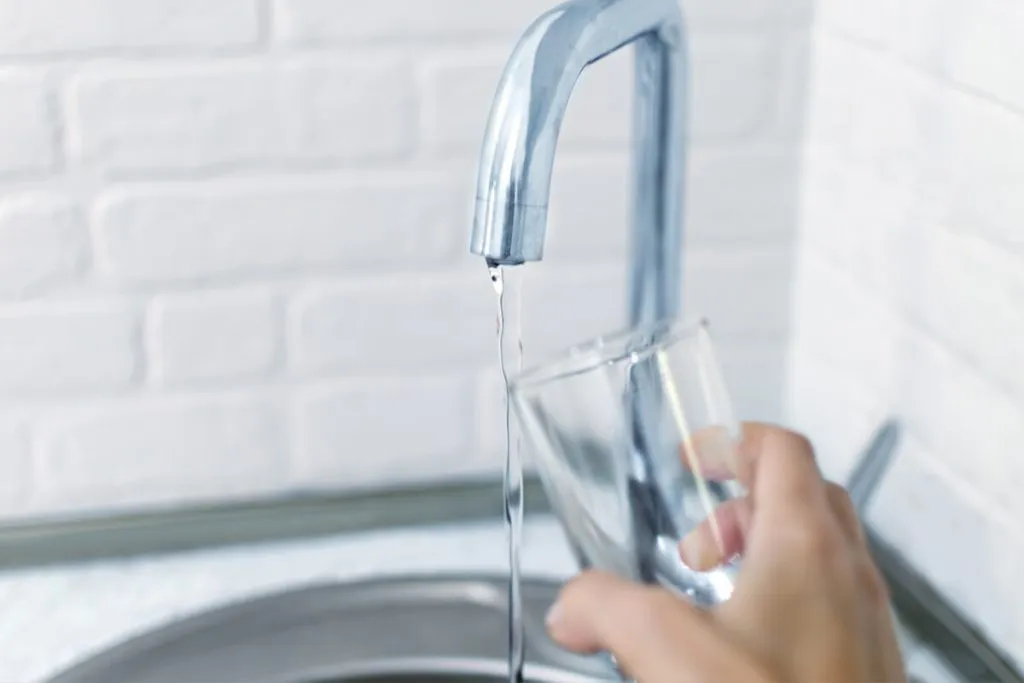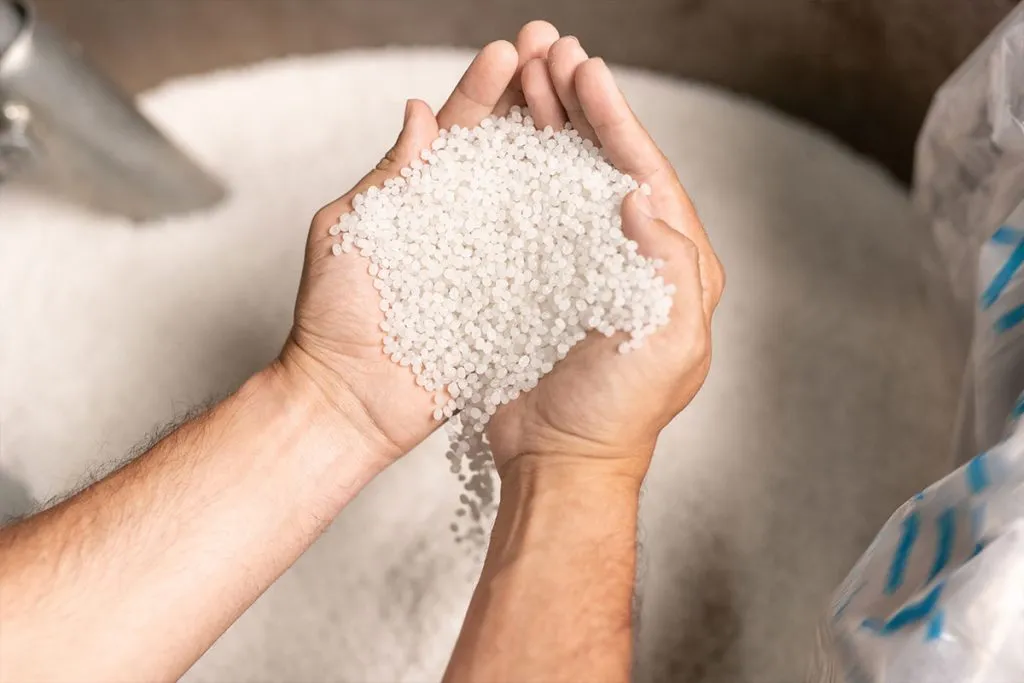Microplastics
Plastic materials can fragment into smaller particles and become nano and microplastics.
Microplastics are solid particles of polymer-based materials containing additives and other adsorbed substances and are smaller than 5 mm in size. Nanoplastics are particles smaller than 1 µm.
These particles are difficult to remove from the environment after release due to their small size, resistance to degradation and hydrophobic surface. Nano and microplastics have therefore raised concern around the world in recent years and governmental institutions have started restricting them.
Microplastic extraction methods
AIMPLAS has developed methods for extracting microplastics from different types of samples. These methods include digestion with the aid of oxidants. This allows for the removal of organic and inorganic material to avoid interference in the analysis. Separation by density is then carried out. Salts are usually used to cause microplastics to float. Finally, filtration is carried out to isolate the microplastics so they can be properly analysed.
Analysis of microplastics
At AIMPLAS, we work with different microplastics analysis techniques. We use scanning electron microscopy with energy dispersive X-ray spectroscopy (SEM-EDX) to obtain information on the morphology and basic analysis of the particles. We also use FTIR-coupled microscopy to determine the size, shape and colour of the particles and the nature of the polymers. Moreover, we use pyrolysis coupled with gas chromatography-mass spectrometry (Py-GC/MS) to identify and quantify polymers and additives.
Microplastic standard reference materials
When analysing microplastics, the methodology must be adapted to the kind of sample. The most appropriate analytical technique should also be used based on the information to be obtained. Microplastic standard reference materials (SRMs) should be used to fine-tune the methodology and analytical techniques. These materials are substances with known and defined physical, chemical or biological properties.
A key research obstacle is the limited availability of these microplastic SRMs. AIMPLAS is therefore developing SRMs to help companies fine-tune their microplastic analysis methodologies, calibrate measuring instruments and compare the results of different laboratories.
These SRMs are also used as standardized materials for bioassays on the toxicological potential of microplastics and nanoplastics in humans and the environment.
AIMPLAS is developing microplastic formulations of polymers such as HDPE, LDPE, PP, PET, SBR, PA and PLA. Microplastic SRMs labelled with fluorescent dyes are also being developed to improve microplastic monitoring. Fluorescent labelling is particularly useful in bioassays and assays aimed at assessing the degradation of microplastics.
Our solution
In addition to the extraction and analysis of microplastics, AIMPLAS also provides companies with personalized technical advice to prevent the generation and release of microplastics from industrial processes. For this purpose, we have a laboratory for the analysis of microplastics that is equipped with state-of-the-art devices that allow us to work in a safe and contaminant-free environment. We also lead Spanish and European research projects and develop patterns of micro and nanoplastics to try to solve the problem derived from the lack of these patterns.
Preguntas frecuentes
Microplastics are polymeric materials, which means that conventional analytical techniques can be used. However, each of these techniques provides different information, so it is important to be sure about the properties we want to know in order to be able to perform one technique or another.
There is still no standardized method for the analysis of microplastics, although governments are beginning to restrict them and a protocol for their analysis is expected to be established soon. In addition, several standardization committees are working on the publication of international standards, some of which have been published, such as UNE-EN ISO 4484 and ISO 24187.
At AIMPLAS, we analyse microplastics in all kinds of samples, such as drinking water, environmental samples, samples from wastewater treatment plants and textiles.



